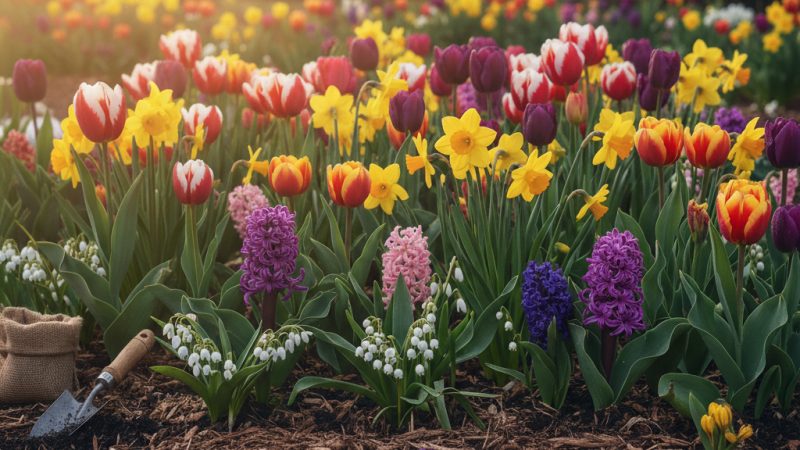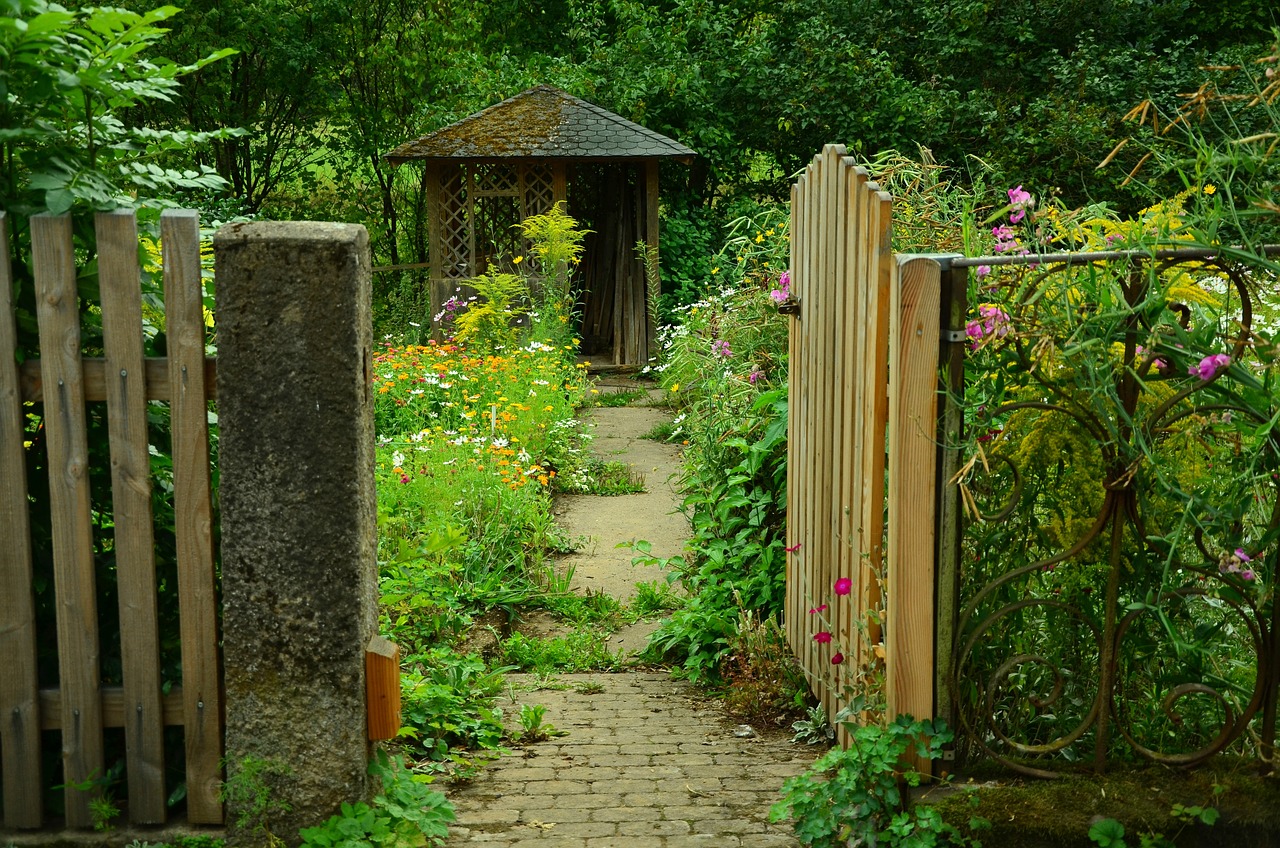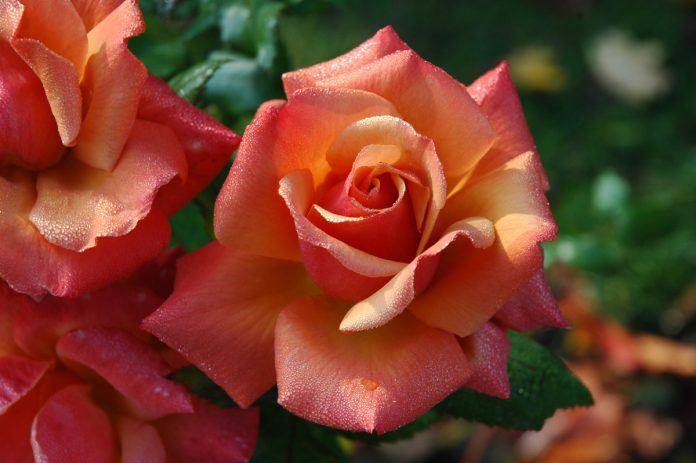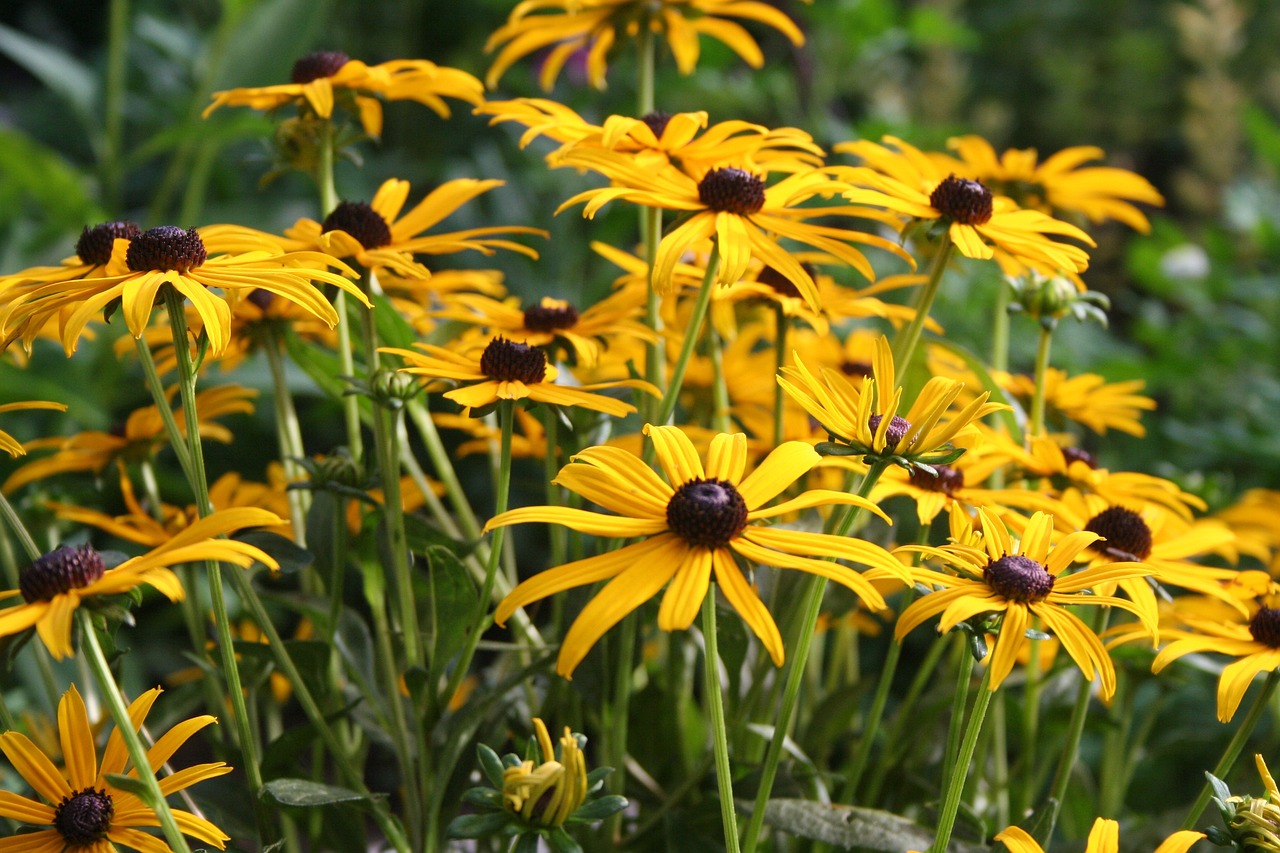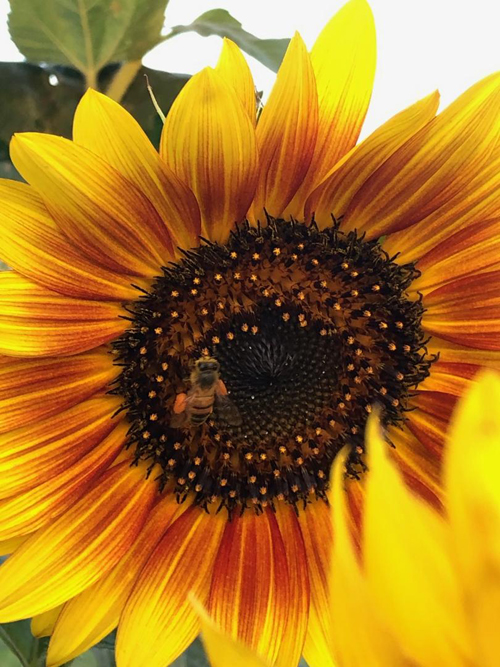Rose Gardening – Tips for Successful Rose Gardening
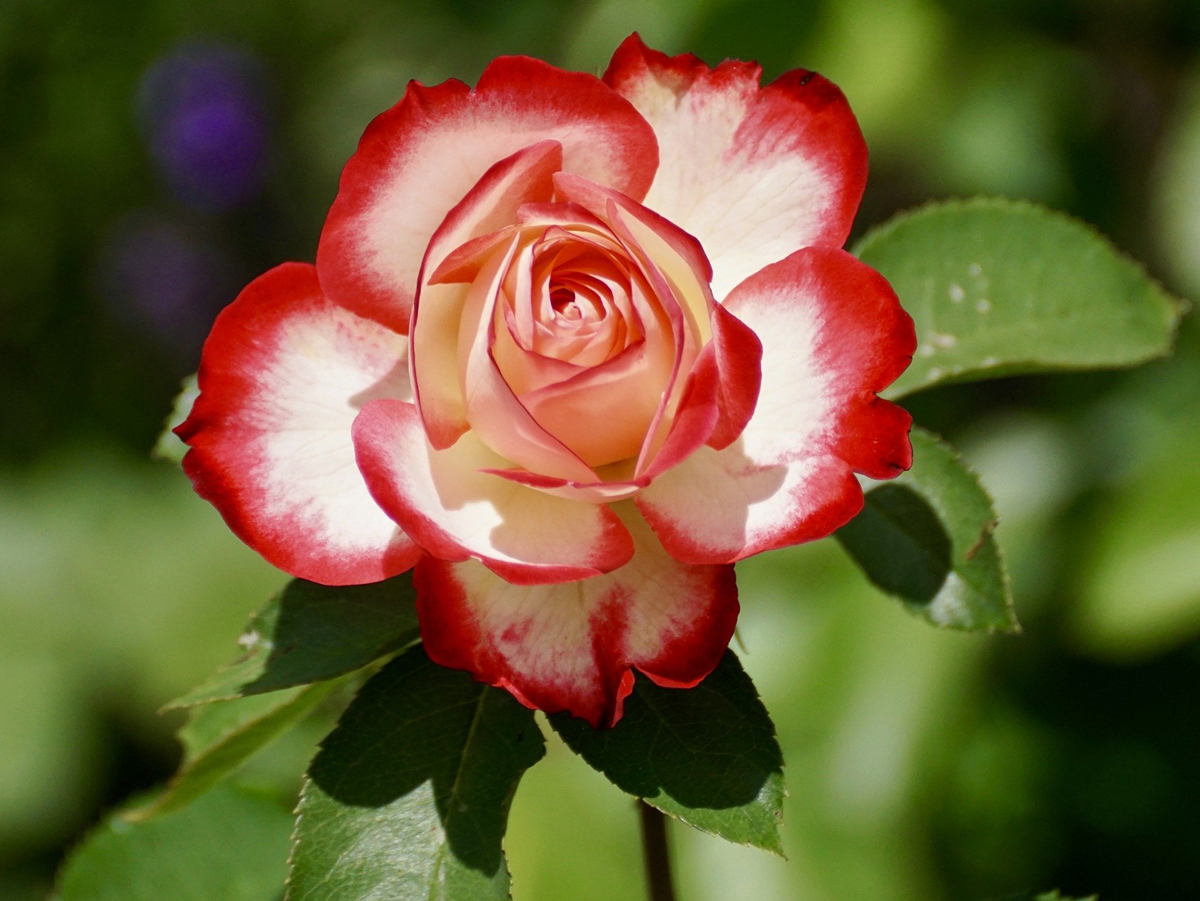
Rose gardening is an extremely rewarding part of the home landscape that has somehow gotten a reputation for being difficult to maintain and grow. Don’t let this rumor discourage you, because while rose gardening can be challenging, once you get started, it is an extremely enjoyable experience.
Rose gardening is not that much different than any other type of plant gardening. Good, healthy soil and a prime planting area is the most important thing. The planting methods are the same as any other shrub whether your roses are bare-root or container-grown. Make sure the spot you choose has good drainage, gets plenty of sunlight, and will not overcrowd your roses. Before planting, any dead leaves and thin or decayed shoots need to be cut off. Any damaged or very long roots also need to be trimmed. Soak bare-root roses in water about 10-12 hours to restore moisture in the roots before planting and water the soil before planting as well. Make sure the hole you dig is large enough for the root growth of the rose and it’s also a good idea to use compost or mulch.
Roses need the same things as other plants; they just need more of it. One of the most important things to remember in rose gardening is that roses are heavy feeders and will need several fertilizer applications. Fertilizing should be started in early spring and discontinued in early fall. Don’t over-fertilize (follow fertilizer instructions) and water after each feeding. The main thing to remember in rose gardening is to water, water, and water some more. Roses require large amounts of water; a thorough watering twice a week should be enough.
An essential part of any flower gardening project is pruning because it increases blooms and encourages healthy plant growth. Different varieties of roses have different instructions for pruning, so you might want to read up on your rose types and see what is suggested.
Following is a list of pests and diseases to look out for, along with solutions to keep your roses healthy.
1. Black Spot
This disease appears as circular black spots with fringed edges on leaves. They cause the leaves to yellow. Remove the infected foliage and pick up any fallen leaves around the rose. Artificial sprays may be used to prevent or treat this kind of rose disease.
2. Malformed Young Canes
This is caused by powdery mildew, a fungal disease that covers leaves, stems and buds with wind spread white powder. It makes the leaves curl and turn purple. Spray with Funginex or Benomyl to treat this fungal disease.
3. Rust
This disease is characterized by orange-red blisters that turn black in fall. It can survive the winter and will then attack new sprouts in the spring. Collect and discard leaves that are infected in fall. Treating with a Benomyl or Funginex spray every 7-10 days may help.
4. Stunted Leaves and Flowers
This is caused by spider mites and they are a common rose gardening pest. They are tiny yellow, red or green spiders found on the underside of leaves where they suck juices. The application of Orthene or Isotox may help in treating this infestation.
5. Weak and Mottled Leaves with Tiny White Webs Under Them
This is caused by aphids. They are small soft-bodied insects that usually brown, green or red. Often clustered under leaves and flower buds, they suck plant juices from tender buds. Malathion or diazinon spray may help roses to survive these bugs.
6. Unopened or Deformed Flowers.
Thrips could be the reason behind this rose gardening problem. They are slender, brown-yellow bugs with fringed wings that also suck juices from flower buds. Cut and discard the infested flowers. Orthene and malathion may also treat this problem.
The Author:
Adam Faston is an organic gardening enthusiast and a lover of the great outdoors!

